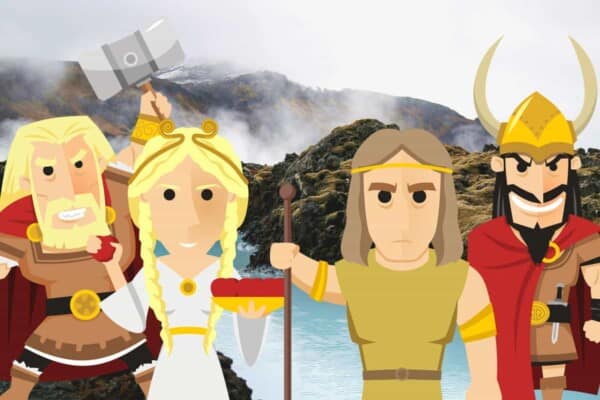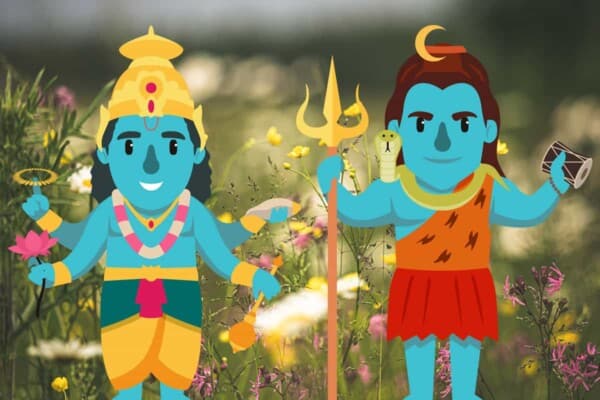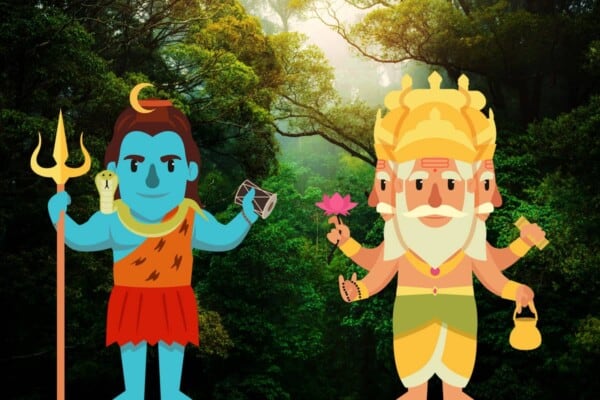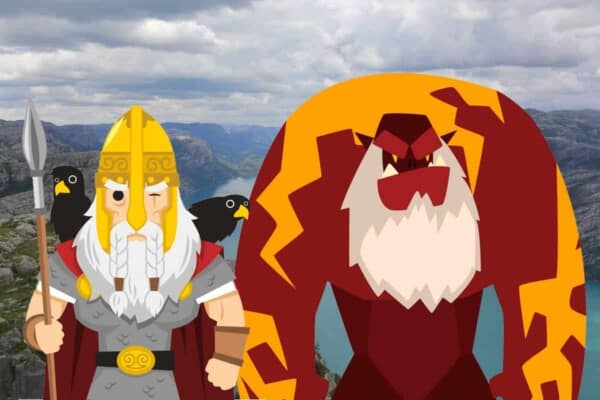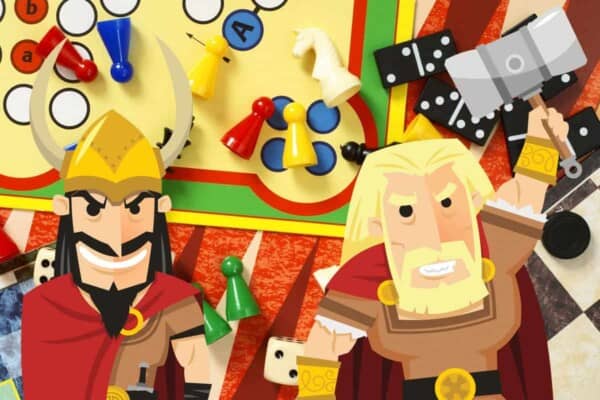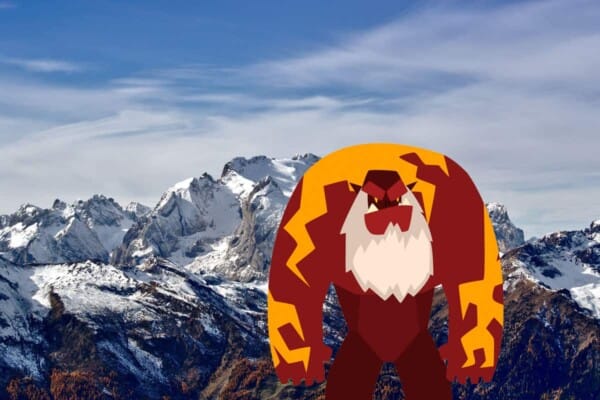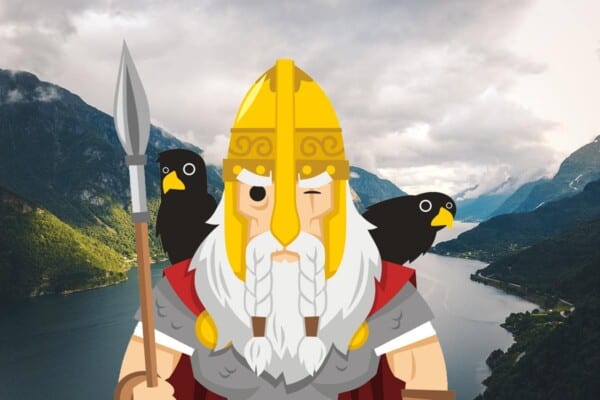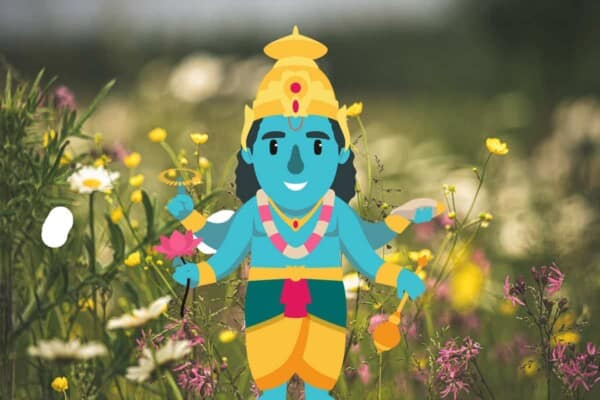Shiva and Odin are respectively the most important and possibly the strongest gods in their pantheons. While Shiva is the destroyer of chaos and evil in Hindu mythology, Odin has several attributions historically and is one of the most important and popular gods within Norse Mythology.
Shiva is considered one of the three major deities that form a trinity known as the Trimurti in Hindu Mythology. He is the destroyer of evil and chaos and is one of the most powerful of all gods in his pantheon. Odin, in retrospect is usually attributed with a lot of different elements including death, healing, poetry, wisdom, knowledge, war and many more. He is also closely associated with the ancient runic alphabet.
Here are a few key factors that set apart the destroyer of chaos, Shiva from the Allfather of Norse Mythology, Odin.
What is the Difference, Really?
— Origin Story
Shiva
- Shiva is said to be created around the same time as the two other deities of the Trimurti, Vishnu and Brahma. Most versions of this story posit that the Trimurti were created along with the inception of the Universe.
- However, there exist several other theories about how Shiva came to be. The major one comes from the sect of Shaivism which believes that Shiva is a supreme being who created himself out of nothingness and then made the universe. Other sects like Vaishnavism and Shaktism posit that Shiva was created by their respective supreme deities, Vishnu and Devi respectively.
- Historically, Shiva has his origins deep within the early primitive mythologies. Historians liken most traits of Shiva with another popular tribal deity known as Rudra and suspect that Shiva might have originated from the idea of Rudra. There exist counterarguments to this as some claim that Shiva has been there forever and that Rudra is just an incarnation of Shiva.
Odin
- Odin is said to be the son of the Norse god Borr and Bestla. He is therefore believed to have been created naturally like a human.
- However, Odin’s origins are very complicated historically. He has been a very important god in a lot of different civilizations throughout history making it difficult to trace the trajectory of his origin.
- He also has over 170 different names he is addressed by in different historical manuscripts making it very difficult to tell when he originated. His earliest appearance is said to be as old as the Roman Era in the pantheon of the Germanic people.
- The Roman historian Tacitus is said to have written that Odin is similar to the Roman god Mercury.
— Family
Shiva
- Shiva is considered to have a brotherly relationship with both Vishnu and Brahma as they together form the trinity known as the Trimurti.
- Shiva is the husband of goddess Parvati, who is believed to be the reincarnation of Sati, a goddess who immolated herself in the holy fire. Shiva has two sons, Kartikeya and Ganesha and he resides with them and several other devotees in Mount Kailash.
- Shiva is also seen with the holy bull Nandi, who serves as his mount. Shiva has the river Ganga flowing out of his head.
Odin
- Odin is the son of the Norse God Borr. His mother is the jötunn Bestla, who is the daughter of jötunn Bölþor. Odin has two brothers named Vili and Ve.
- Odin has many wives, out of which the most notable ones are Frigg, the goddess of clairvoyance and Jörð, the goddess who is a personification of the earth. Odin is said to have fathered a lot of children. The most popular ones out of them include the God of Thunder, Thor who is the son of Jörð and Baldr, the son of Frigg.
- Odin is also closely associated with the magical animal familiars that accompany him, the wolves Geri and Freki and the ravens Huginn and Muninn, who bring him news about the occurrences at Midgard, or earth. He is also known to be in close contact with the Valkyrie, the battle maidens who decide the outcome of a soldier’s life in battle.
— Appearance
| Shiva | Odin |
| Shiva is usually portrayed as a blue skinned or fair complexioned man wearing a tiger skin and with a serpent coiled around his neck. | Odin is mostly depicted as an old man with one eye and with a flowing gray beard and white or gray hair. |
| Shiva carries a trident known as the Trishula, and there is damaru (drum) attached to it. He is also said to have a third eye on his forehead and the river Ganga flowing out of his head. | Odin wields a spear named Gungnir which is considered to be very powerful. Sometimes, he is also depicted as a man in disguise with a cloak and a broadhat. He rides the flying, eight-legged steed Sleipnir for all his conquests and pursuits over the sky and into the underworld. |
| Shiva is sometimes also depicted with his wife Parvati, or with his children Kartikeya and Ganesha. Furthermore, Shiva is also portrayed as a dancing deity known as Nataraja or as an ascetic with Yoga skills, Adiyogi. | He rides the flying, eight-legged steed Sleipnir for all his conquests and pursuits over the sky and into the underworld. |
— Abilities
Shiva is considered one of the strongest deities in Hindu mythology, and by many devotees as the strongest deity of all. He is most known for his anger and fury, and can decimate anything that comes his way when provoked. His third eye once burnt the god of love and lust, Kamadeva to ashes. Shiva, being the destroyer, is ultimately a very powerful deity who has battled demons and defeated them with great ease.
Odin is one of the strongest deities in Norse Mythology. He is also quite popular and stayed relevant over two millennia. He has several magical powers and can perform rare feats that most gods cannot. His magical steed Sleipnir, his spear Gungnir and the other magical artifacts he possesses are all a part of his magical powers.


